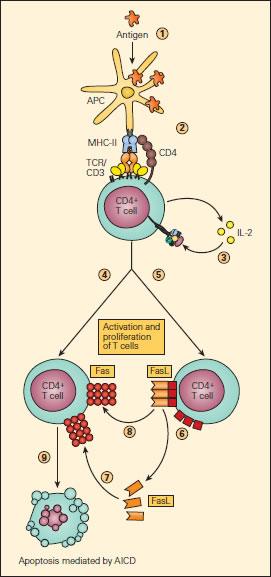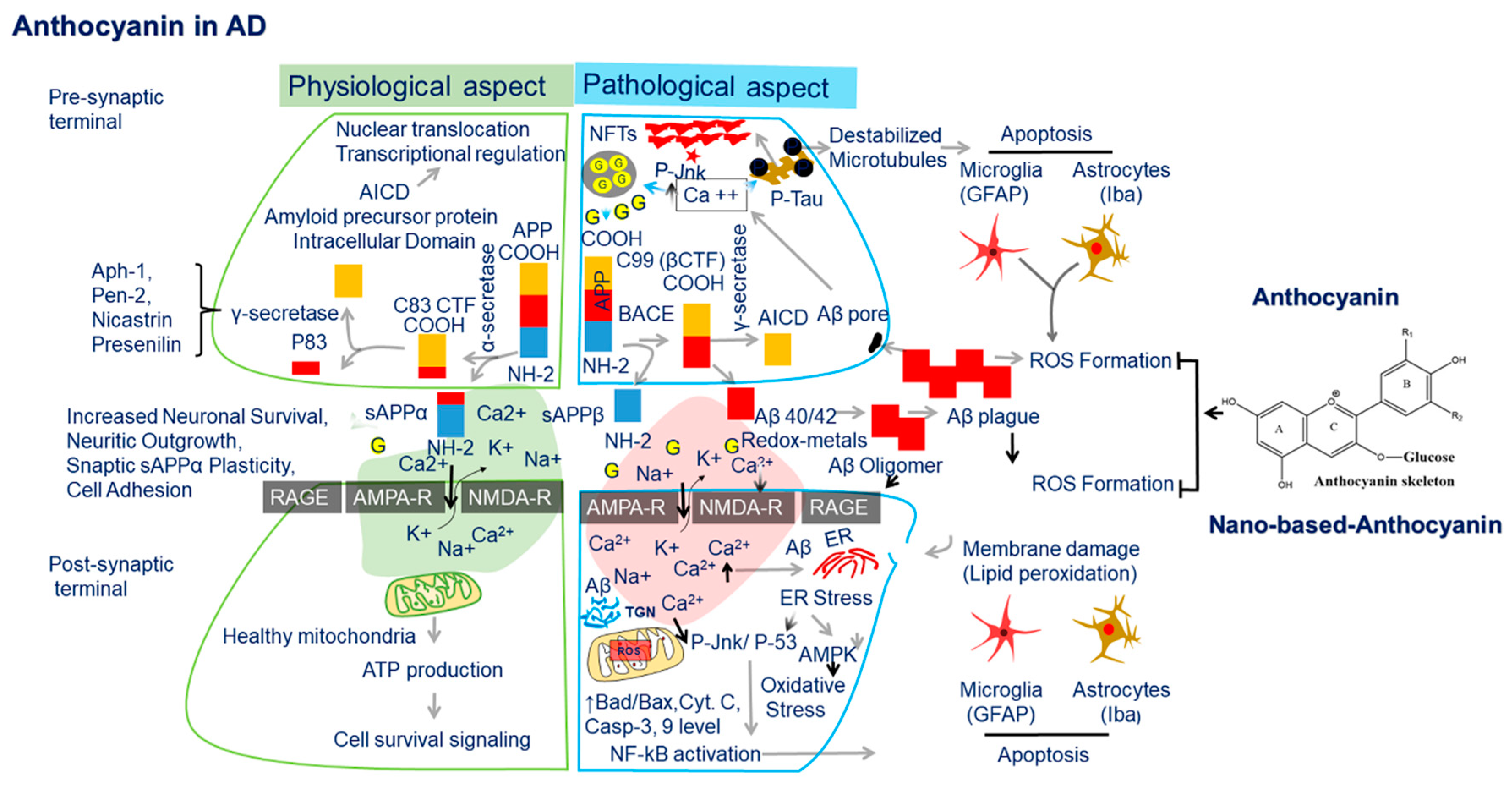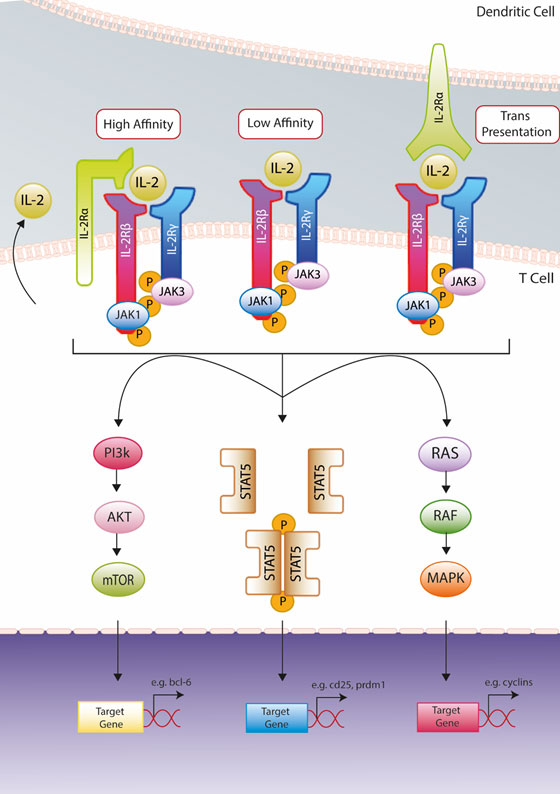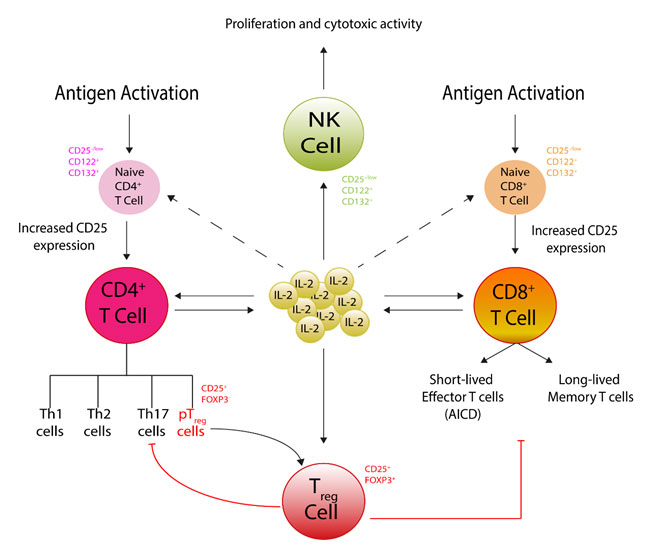Activation induced cell death
Home » » Activation induced cell deathYour Activation induced cell death images are available. Activation induced cell death are a topic that is being searched for and liked by netizens now. You can Find and Download the Activation induced cell death files here. Download all royalty-free photos and vectors.
If you’re searching for activation induced cell death images information related to the activation induced cell death keyword, you have visit the right blog. Our website frequently gives you hints for viewing the highest quality video and image content, please kindly hunt and locate more enlightening video articles and graphics that match your interests.
Activation Induced Cell Death. It is clear that apoptosis is induced by a range of stimuli that activate two major cell death signaling pathways. Programmed cell death can be induced by a number of physiological and pathological factors including Fas CD95Fas ligand FasLCD95L interaction tumour necrosis factor TNF. AICD activation-induced cell death is programmed cell death caused by the interaction of Fas receptors Fas CD95 and Fas ligands FasL CD95 ligand. Dying demise bereavement end passing release loss departure curtains cessation expiration decease quietus destruction.
 Activation Induced Cell Death Of Self Reactive Regulatory T Cells Drives Autoimmunity Pnas From pnas.org
Activation Induced Cell Death Of Self Reactive Regulatory T Cells Drives Autoimmunity Pnas From pnas.org
Antonyms for activation-induced cell death. Caspases are activated through ligation of cell surface death receptors as well as via direct activat. The intrinsic pathway which is mainly controlled by the Bcl-2 protein family members and the extrinsic pathway which is activated by the death receptors of. 73 synonyms for death. The response of B cells to their specific Ag can be activation and proliferation leading to the immune response or anergy and activation-induced cell death AICD leading to tolerance. Peripheral T cells may die following high intensity TCR signaling the absence of growth factors such as IL-2 for activated T cells or the absence of a tonic TCR signal on naıve T cells.
The initial signal pathways leading to death in each of these cases may be quite different although they may be linked ultimately by a common aberration of cell cycling.
The initial signal pathways leading to death in each of these cases may be quite different although they may be linked ultimately by a common aberration of cell cycling. Activation-induced cell death AICD recognition and deletion of T lymphocytes that have been activated and so induced to proliferate. It is clear that apoptosis is induced by a range of stimuli that activate two major cell death signaling pathways. From Wikipedia The Free Encyclopedia. The death of T lymphocytes following their activation involves several signal pathways that converge on a series of proteases known as caspases that degrade cellular proteins and activate a DNAse. The response of B cells to their specific Ag can be activation and proliferation leading to the immune response or anergy and activation-induced cell death AICD leading to tolerance.
 Source: pinterest.com
Source: pinterest.com
1 AICD is a negative regulator of activated T lymphocytes that results from repeated stimulation of their T-cell receptors TCR and helps to maintain. Inhibition of NF-kappaB activation increases susceptibility to TNFalpha-induced death concurrent with sustained JNK activation an important contributor to the death response. Naive CD4 T cells proliferate strongly in response to stimulation by superantigens such as staphylococcal enterotoxin B SEB. A defect in AICD may lead to development of. It is clear that apoptosis is induced by a range of stimuli that activate two major cell death signaling pathways.
 Source: sciencedirect.com
Source: sciencedirect.com
A defect in AICD may lead to development of. Fas-FasL-dependent activation-induced cell death AICD of T cells is believed to be a major contributor to compromised anti-tumor immunity. Programmed cell death can be induced by a number of physiological and pathological factors including Fas CD95Fas ligand FasLCD95L interaction tumour necrosis factor TNF. Activation-induced cell death of peripheral T cells. Recently we have shown that hematopoietic progenitor kinase 1 HPK1 determines T-cell fate.
 Source: immunopaedia.org.za
Source: immunopaedia.org.za
Activation-induced cell death AICD recognition and deletion of T lymphocytes that have been activated and so induced to proliferate. It is particularly important for regulation of lymphocytes that recognize self antigens. Naive CD4 T cells proliferate strongly in response to stimulation by superantigens such as staphylococcal enterotoxin B SEB. Programmed cell death can be induced by a number of physiological and pathological factors including Fas CD95Fas ligand FasLCD95L interaction tumour necrosis factor TNF. Caspases are activated through ligation of cell surface death receptors as well as via direct activat.
 Source: immunopaedia.org.za
Source: immunopaedia.org.za
AICD activation-induced cell death is programmed cell death caused by the interaction of Fas receptors Fas CD95 and Fas ligands FasL CD95 ligand. A defect in AICD may lead to development of. From Wikipedia The Free Encyclopedia. Activation-induced cell death AICD which results from the interaction between Fas and Fas ligand is responsible for maintaining tolerance to self-antigen. Programmed cell death can be induced by a number of physiological and pathological factors including Fas CD95Fas ligand FasLCD95L interaction tumour necrosis factor TNF.
 Source: mdpi.com
Source: mdpi.com
Activation-induced cell death AICD recognition and deletion of T lymphocytes that have been activated and so induced to proliferate. A defect in AICD may lead to development of. From Wikipedia The Free Encyclopedia. Naive CD4 T cells proliferate strongly in response to stimulation by superantigens such as staphylococcal enterotoxin B SEB. Recently we have shown that hematopoietic progenitor kinase 1 HPK1 determines T-cell fate.
 Source: pnas.org
Source: pnas.org
The initial signal pathways leading to death in each of these cases may be quite different although they may be linked ultimately by a common aberration of cell cycling. Inhibition of NF-kappaB activation increases susceptibility to TNFalpha-induced death concurrent with sustained JNK activation an important contributor to the death response. Peripheral T cells may die following high intensity TCR signaling the absence of growth factors such as IL-2 for activated T cells or the absence of a tonic TCR signal on naıve T cells. The response of B cells to their specific Ag can be activation and proliferation leading to the immune response or anergy and activation-induced cell death AICD leading to tolerance. The death of T lymphocytes following their activation involves several signal pathways that converge on a series of proteases known as caspases that degrade cellular proteins and activate a DNAse.
 Source: pnas.org
Source: pnas.org
Programmed cell death can be induced by a number of physiological and pathological factors including Fas CD95Fas ligand FasLCD95L interaction tumour necrosis factor TNF. 1 AICD is a negative regulator of activated T lymphocytes that results from repeated stimulation of their T-cell receptors TCR and helps to maintain. Inhibition of NF-kappaB activation increases susceptibility to TNFalpha-induced death concurrent with sustained JNK activation an important contributor to the death response. Fas-FasL-dependent activation-induced cell death AICD of T cells is believed to be a major contributor to compromised anti-tumor immunity. It is clear that apoptosis is induced by a range of stimuli that activate two major cell death signaling pathways.
 Source: fi.pinterest.com
Source: fi.pinterest.com
It is particularly important for regulation of lymphocytes that recognize self antigens. However when these same cells revert to a resting phenotype and are subjected to restimulation with either SEB or anti-CD3 the majority of these SEB-responsive cells undergo Fas ligand FasL-mediated activation-induced cell death AICD. The intrinsic pathway which is mainly controlled by the Bcl-2 protein family members and the extrinsic pathway which is activated by the death receptors of. The initial signal pathways leading to death in each of these cases may be quite different although they may be linked ultimately by a common aberration of cell cycling. Activationinduced cell death AICD is the process by which cells undergo apoptosis in a controlled manner through the interaction of a death factor and its receptor.
 Source: invivogen.com
Source: invivogen.com
Programmed cell death can be induced by a number of physiological and pathological factors including Fas CD95Fas ligand FasLCD95L interaction tumour necrosis factor TNF. The initial signal pathways leading to death in each of these cases may be quite different although they may be linked ultimately by a common aberration of cell cycling. A defect in AICD may lead to development of. Sustained JNK activation in NF-kappaB-deficient cells was suggested to depend on reactive oxygen species ROS but how ROS affect JNK. Activation-induced cell death AICD is one mechanism to delete superfluous lymphocytes by restimulation of their immunoreceptors and it depends partially on the CD95CD95L system.
 Source: immunopaedia.org.za
Source: immunopaedia.org.za
From Wikipedia The Free Encyclopedia. Activation-induced cell death of peripheral T cells. Activation-induced cell death AICD which results from the interaction between Fas and Fas ligand is responsible for maintaining tolerance to self-antigen. Naive CD4 T cells proliferate strongly in response to stimulation by superantigens such as staphylococcal enterotoxin B SEB. Caspases are activated through ligation of cell surface death receptors as well as via direct activat.

TNFalpha is a pleiotropic cytokine that induces either cell proliferation or cell death. AICD activation-induced cell death is programmed cell death caused by the interaction of Fas receptors Fas CD95 and Fas ligands FasL CD95 ligand. Activation-induced cell death of peripheral T cells. Sustained JNK activation in NF-kappaB-deficient cells was suggested to depend on reactive oxygen species ROS but how ROS affect JNK. Fas-FasL-dependent activation-induced cell death AICD of T cells is believed to be a major contributor to compromised anti-tumor immunity.

The intrinsic pathway which is mainly controlled by the Bcl-2 protein family members and the extrinsic pathway which is activated by the death receptors of. 73 synonyms for death. Activation-induced cell death AICD is one mechanism to delete superfluous lymphocytes by restimulation of their immunoreceptors and it depends partially on the CD95CD95L system. Antonyms for activation-induced cell death. Activation-induced cell death AICD recognition and deletion of T lymphocytes that have been activated and so induced to proliferate.
 Source: pinterest.com
Source: pinterest.com
Antonyms for activation-induced cell death. Recently we have shown that hematopoietic progenitor kinase 1 HPK1 determines T-cell fate. Fas-FasL-dependent activation-induced cell death AICD of T cells is believed to be a major contributor to compromised anti-tumor immunity. Caspases are activated through ligation of cell surface death receptors as well as via direct activat. It is particularly important for regulation of lymphocytes that recognize self antigens.
 Source: pnas.org
Source: pnas.org
The intrinsic pathway which is mainly controlled by the Bcl-2 protein family members and the extrinsic pathway which is activated by the death receptors of. Caspases are activated through ligation of cell surface death receptors as well as via direct activat. TNFalpha is a pleiotropic cytokine that induces either cell proliferation or cell death. AICD activation-induced cell death is programmed cell death caused by the interaction of Fas receptors Fas CD95 and Fas ligands FasL CD95 ligand. It is particularly important for regulation of lymphocytes that recognize self antigens.
 Source: pnas.org
Source: pnas.org
The intrinsic pathway which is mainly controlled by the Bcl-2 protein family members and the extrinsic pathway which is activated by the death receptors of. TNFalpha is a pleiotropic cytokine that induces either cell proliferation or cell death. 73 synonyms for death. Activation-induced cell death AICD is one mechanism to delete superfluous lymphocytes by restimulation of their immunoreceptors and it depends partially on the CD95CD95L system. It is particularly important for regulation of lymphocytes that recognize self antigens.
 Source: invivogen.com
Source: invivogen.com
Peripheral T cells may die following high intensity TCR signaling the absence of growth factors such as IL-2 for activated T cells or the absence of a tonic TCR signal on naıve T cells. The process in which expanded cells are eventually eliminated is called activation-induced cell death AICD which mechanistically occurs via the so called extrinsic apoptotic signaling pathway Krueger et al 2003 Sprent and Tough 2001. Fas-FasL-dependent activation-induced cell death AICD of T cells is believed to be a major contributor to compromised anti-tumor immunity. 73 synonyms for death. TNFalpha is a pleiotropic cytokine that induces either cell proliferation or cell death.
 Source: pnas.org
Source: pnas.org
73 synonyms for death. Programmed cell death can be induced by a number of physiological and pathological factors including Fas CD95Fas ligand FasLCD95L interaction tumour necrosis factor TNF. 73 synonyms for death. From Wikipedia The Free Encyclopedia. T lymphocytes are activated when a foreign agent is perceived and AICD thereby prevents them from overgrowth.
 Source: in.pinterest.com
Source: in.pinterest.com
1 AICD is a negative regulator of activated T lymphocytes that results from repeated stimulation of their T-cell receptors TCR and helps to maintain. TNFalpha is a pleiotropic cytokine that induces either cell proliferation or cell death. Programmed cell death can be induced by a number of physiological and pathological factors including Fas CD95Fas ligand FasLCD95L interaction tumour necrosis factor TNF. T lymphocytes are activated when a foreign agent is perceived and AICD thereby prevents them from overgrowth. AICD activation-induced cell death is programmed cell death caused by the interaction of Fas receptors Fas CD95 and Fas ligands FasL CD95 ligand.
This site is an open community for users to share their favorite wallpapers on the internet, all images or pictures in this website are for personal wallpaper use only, it is stricly prohibited to use this wallpaper for commercial purposes, if you are the author and find this image is shared without your permission, please kindly raise a DMCA report to Us.
If you find this site helpful, please support us by sharing this posts to your own social media accounts like Facebook, Instagram and so on or you can also save this blog page with the title activation induced cell death by using Ctrl + D for devices a laptop with a Windows operating system or Command + D for laptops with an Apple operating system. If you use a smartphone, you can also use the drawer menu of the browser you are using. Whether it’s a Windows, Mac, iOS or Android operating system, you will still be able to bookmark this website.